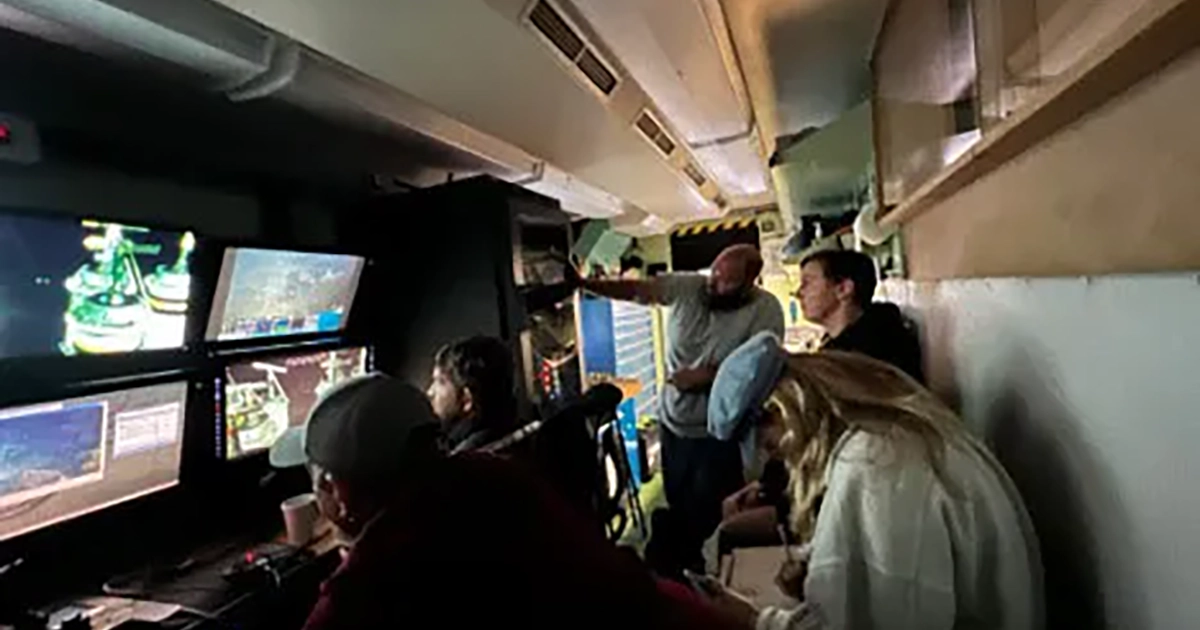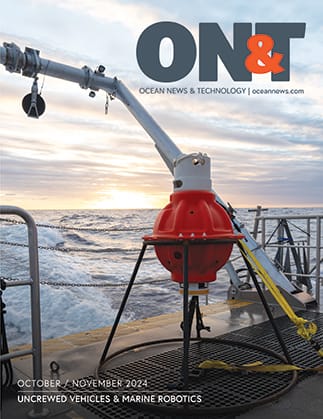These vehicles aim to work on a wider range of oceanographic ships than is currently possible. Many ROVs are designed to only operate on one or two ships, which can limit research scope, and access to deep-sea technologies. Dr. Leila Hamdan, USM Associate Vice President for Research, notes, “Anything that creates a barrier to technology access can potentially be a barrier to discovery. The decision to fund and build these ROVs shows a commitment by NSF and NOAA to lift barriers and create increased access for the ocean science workforce of the future.”
Along with increasing the ability for scientists across the nation to conduct advanced, ROV-supported exploration, these vehicles will generate new growth for the ocean-based blue economy workforce. “To operate these vehicles successfully, we will need skilled staff to maintain and operate them. What better place to seek such skills than from our students in the Ocean Engineering program at USM.”
Dr. Robert Leaf is the Director of USM’s School of Ocean Science and Engineering, which offers the Ocean Engineering Bachelor of Science program and a joint Ocean Enterprise Engineering Pathway program, allowing students pursuing a Bachelor of Science in Ocean Engineering opportunity to stay a fifth-year to earn a Master’s in Business Administration.
Leaf notes, “This is an incredible time to be a student at Southern Miss. An investment like this will unlock doors for them to have rewarding careers in research, discovery, and blue technology for decades to come.”
The NOAA-funded ROV is planned to operate in the Gulf to support the Mesophotic and Deep Benthic Communities restoration project, a multi-year study that aims to restore vital seafloor habitats damaged by the Deepwater Horizon oil spill. The project is multidisciplinary and includes a large network of academic, not-for-profit, and government organizations working together to restore deep-sea habitats, a very challenging task.
“This ROV is going to be instrumental to the restoration effort and will open doors to discovery for scientists across the Gulf region and beyond,” said Hamdan. The vehicle will operate from USM’s Roger F. Wicker Center for Ocean Enterprise.
Click here to learn more about the mROVs.

